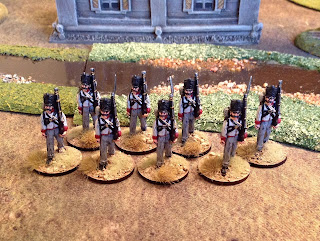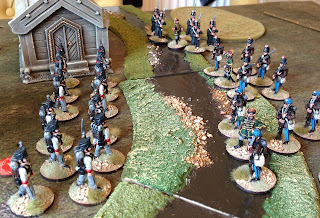When a country hits the news, you can be sure someone will bash out a quick history book. Sadly, the haste often shows in the research and readability of the tome.
Ukraine has been in the news following the Russian invasion of the Crimea and the Russian backed civil war in the East of the country. Serhii Plokhy published '
The Gates of Europe' a year after the invasion, but this book shows no sign of being a hasty publication. It is a scholarly, yet readable history of this troubled country.
Writing a history of a country that has only recently been an independent state, is something of a challenge. How far do you stretch the boundaries to fully understand the influences on the core area you are writing about? This is particularly challenging with the Ukraine, a country that has often been torn apart from all points of the compass.
The ancient history starts with the Pontic steppe and its early contact with Greek settlements on the Black Sea coast. The Slavs filtered their way into it, before the Vikings morphed into the Rus. The influence of Byzantium was always strong and it brought the Orthodox rite to the area, although the western parts of Ukraine soon came under Catholic, or Uniate, influence.
The Mongols tramped over Ukraine as elsewhere, before the tide receded and both Muscovy and the Poles pushed back. Ukraine was the border area, settled by the Cossacks, as a challenge to Tartar raiding. It is the Cossacks who probably define Ukraine and appear on the symbols of statehood to this day. Initially as part of Poland, but following the Great Revolt, they moved gradually into the Russian sphere of influence. Yes, I also struggled to get Tony Curtis and Yul Brynner in the film
Taras Bulba out of my mind!
The Hetmanate was arguably the first independent Ukraine, but it eventually got partitioned between Russia and Poland - then Austria-Hungary as Poland collapsed. It shortly became an independent state after the First World War, before being swallowed up into the Soviet Union. Finally, voting for independence in 1991.
I have Cossack units in so many wargame armies. From the renaissance to WW2. However, it is early Cossacks that represent the swagger and character the best. Most of us think of mounted Cossacks, but in this period they were more likely to be found on foot, or in boats. These are in my view the very best Cossacks ever produced, from the Wargame Foundry range.
My current favourite set of rules is Pikeman's Lament, ideal for the small battle actions the Cossacks specialised in. Here are a couple of games - firstly ambushing a Russian convoy and then attacking a village held by Polish troops. The Cossacks came off worse in both games - a bit like the real Ukraine throughout history.
Russian Boyars lead a convoy guarded by Streltsy out of the village
But the Cossacks are waiting!
Then game two against the Poles.































